Tissue culture/seed culture grown orchid seedlings need to be hardened/acclimatised i.e. strengthened to be transferred to pots to ambient conditions before transferring them out. In vitro cultivated plants will have non-functional stomata, weak root system and poorly developed cuticle and tend to lose water rapidly and wilt if directly transferred to pots because they lack fully formed waxy cuticle on leaf surface which prevents excessive water loss from the leaves. In many cases leaves formed under in vitro conditions may not further develop in ex vitro and results in new leaf development.
In vitro grown plants will have large stomata with changed shape and structure. The TC(tissue culture) plants are gradually acclimatised in small pots( 2”) using pine bark medium for epiphytic orchids and cocopeat- perlite(3:1) medium for ground orchids under partial shade. During acclimatisation in ex vitro conditions, the leaf thickness generally increases and the stomatal density decreases and also its shape will change from round to elliptical. Development of cuticle, epicuticular waxes help regulation of stomata during transpiration resulting in maintaining and stabilising the water content of the plantlets. Invitro light levels are to the tune of 1200-4000 lux (or 120 – 400 fc) compared to ex vitro conditions of 4000-12,000 lux (or 400-1200 fc). Similarly, temperatures will be around 25 C compared to outside which may go up to 35C thus resulting in desiccation and wilting of leaves.
Procedure
- Remove the seedlings carefully from the flasks without damaging the roots and remove the agar adhering to the roots by washing with Luke warm tap water. Rinse the roots twice with fresh water to remove the agar gel completely
- Soak adequate quantity of pine bark in hot water for 30 minutes to kill any micro organisms present in the medium.If the bark pieces are big you may cut them into small pieces. Alternately one could use mixture of pine bark Charcoal and pumice in equal proportion also.
- Fill 2” pots with cooled pine bark and plant the seedling (1per pot) in such a way to cover the roots. You may spray any fungicide if you have(preferably Bavistin/DithaneM-45 @0.2-0.3 g/L).
- Water the pots thoroughly and allow the excess water to remain in the ziplock cover and remove it after a week and water freshly.
- Provide diffused light conditions for the initial week
- Plantlets should be subjected to high humid conditions to begin with and gradually reduce the humidity
- Repeat watering for one more week.
- Start applying mild dose of NPK (0.1g/L) +Humic acid mixture instead of plain water for two more weeks at weekly interval. You may continue this to 1.5- 2 months. In between open the zip lock cover for 10-20 minutes and observe for any wilting symptoms and also formation of new roots.
- After two months, transfer the plants to partial shade conditions and gradually move them to your regular growing conditions.
Few photographs for demonstration
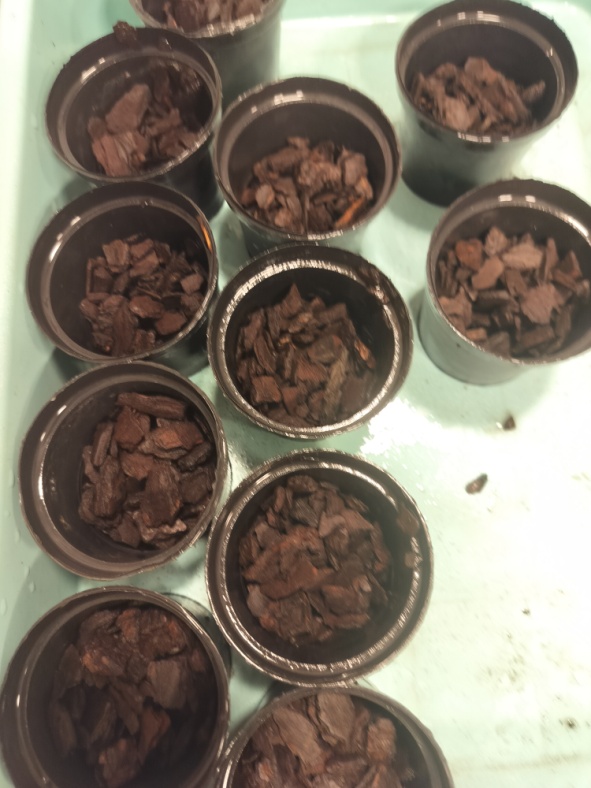
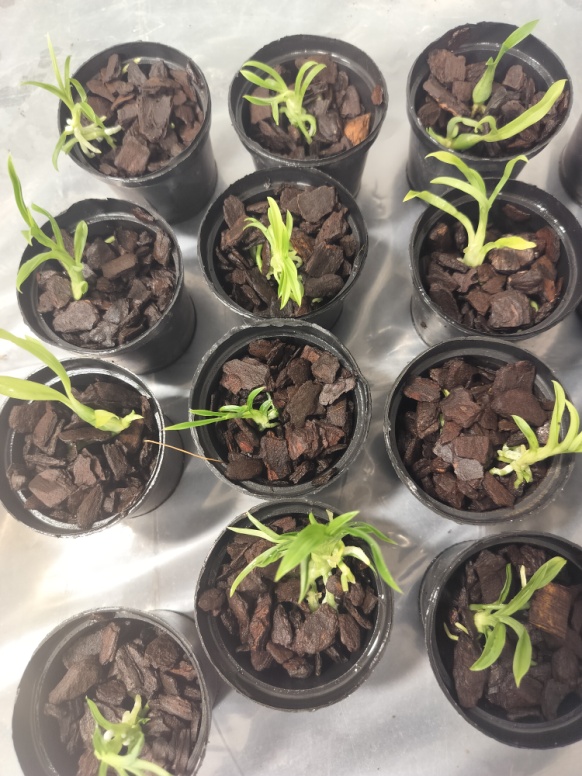
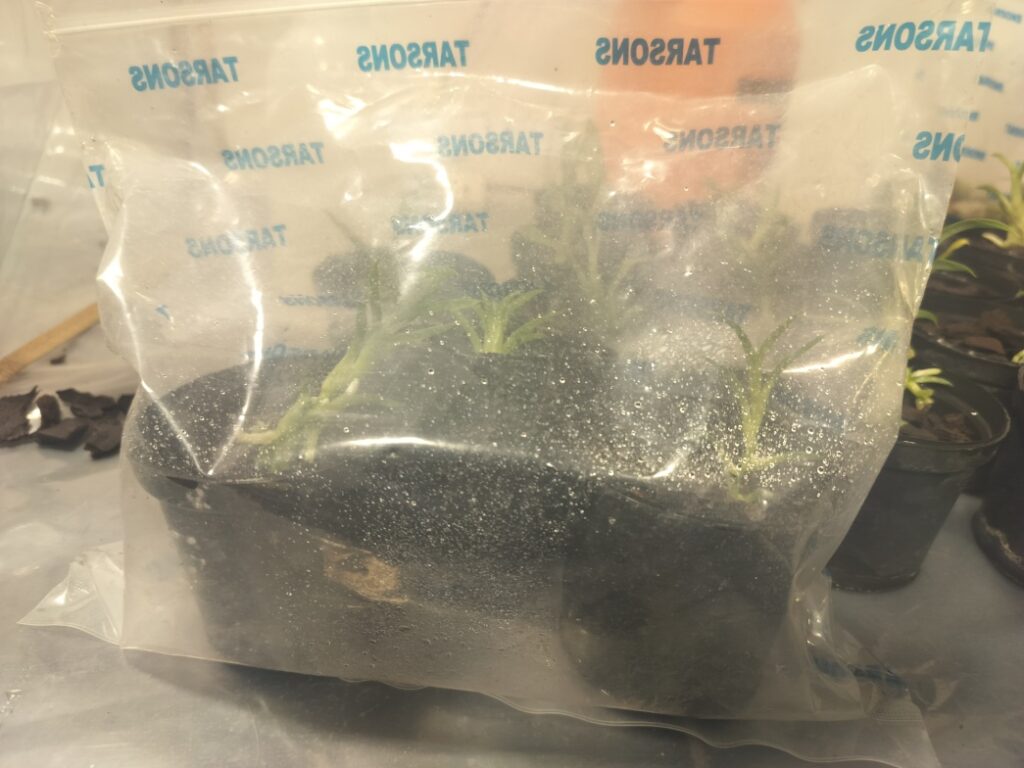
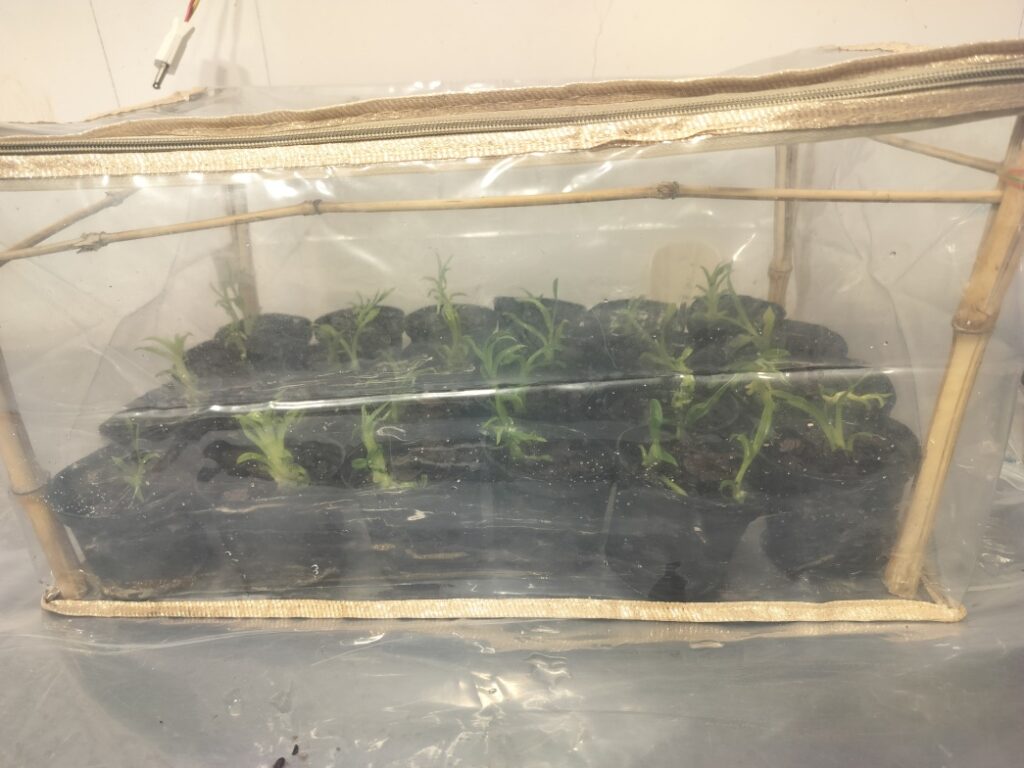
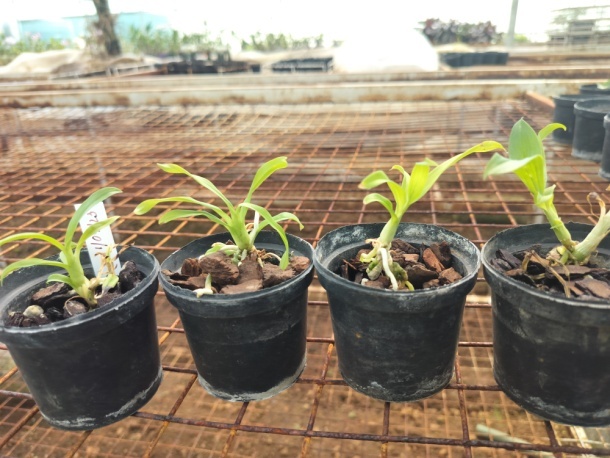
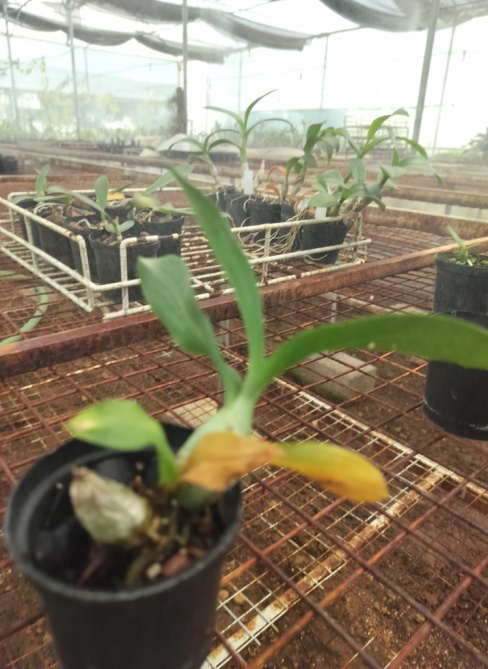
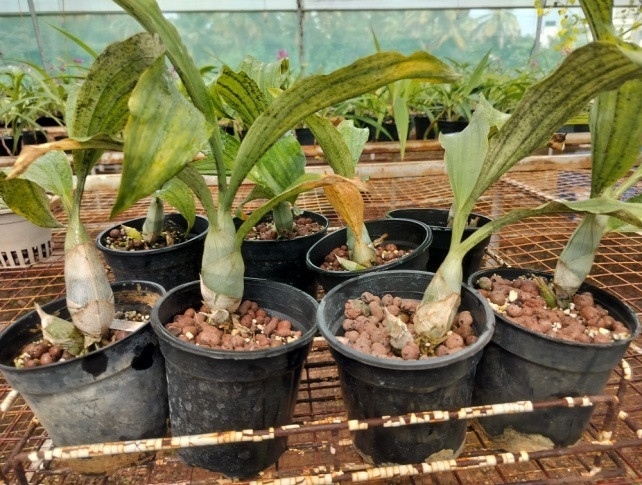
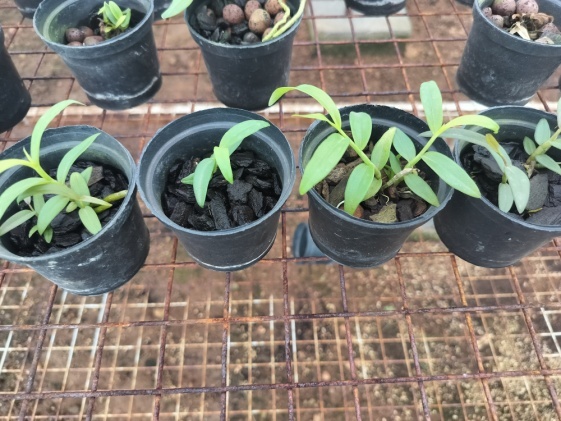
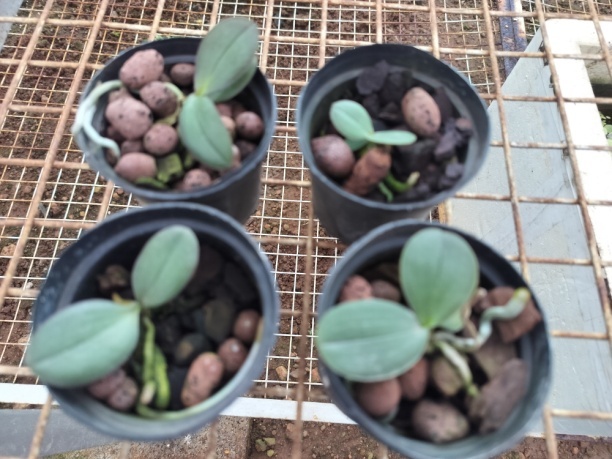
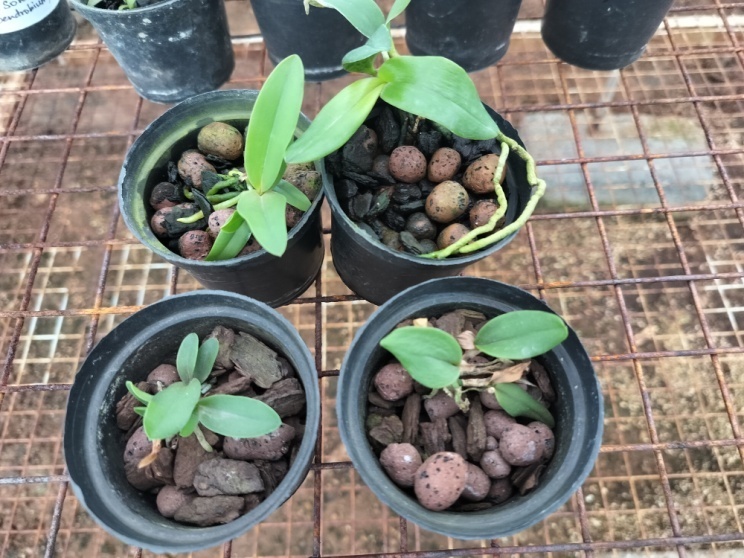
Article by:
Dr. MG Purushothama
Vice President(R&D)
I&B Seeds pvt ltd
Bangalore
purushottam[ at ]iandb[ dot ]in
Dr. Shashidhar Sastry
President, TOSKAR